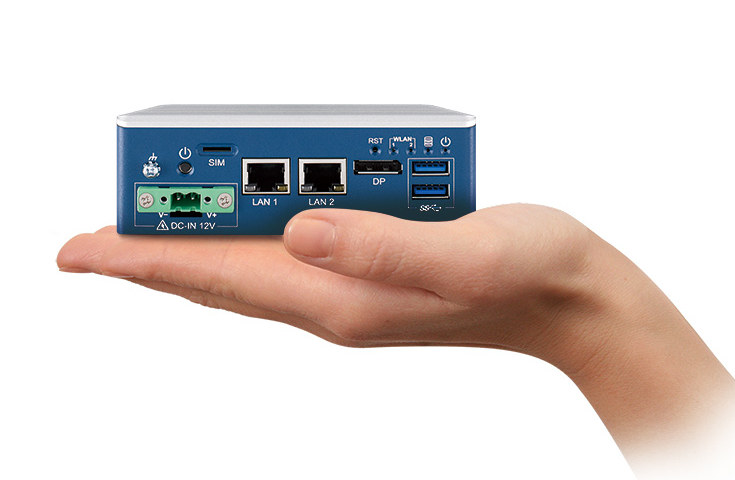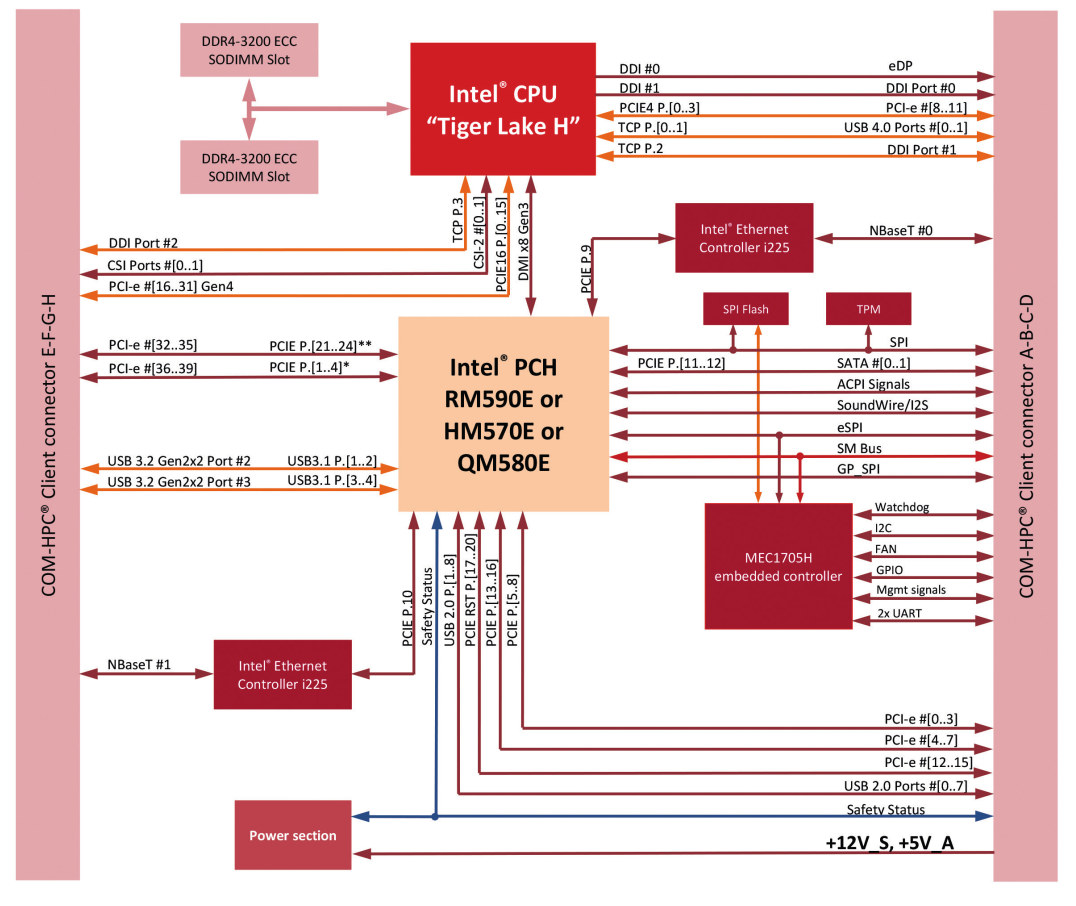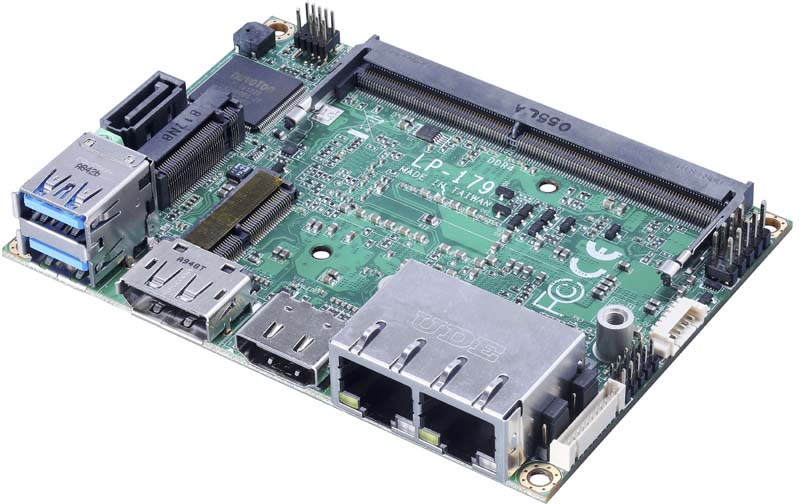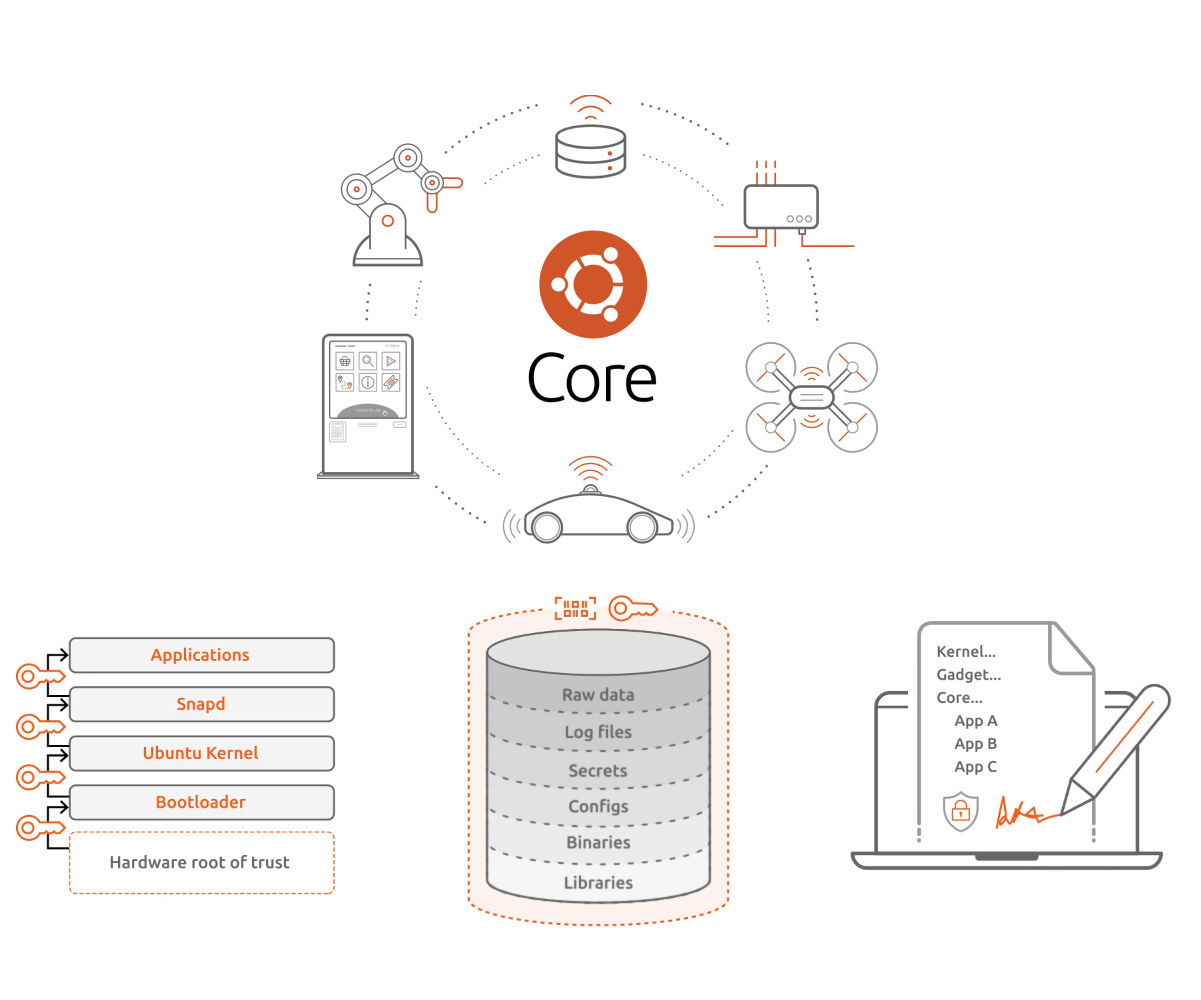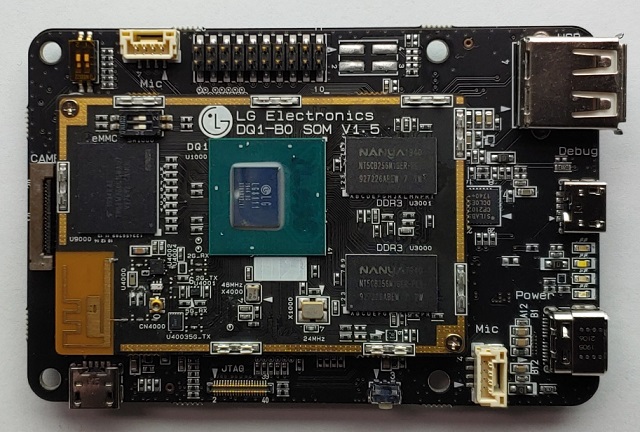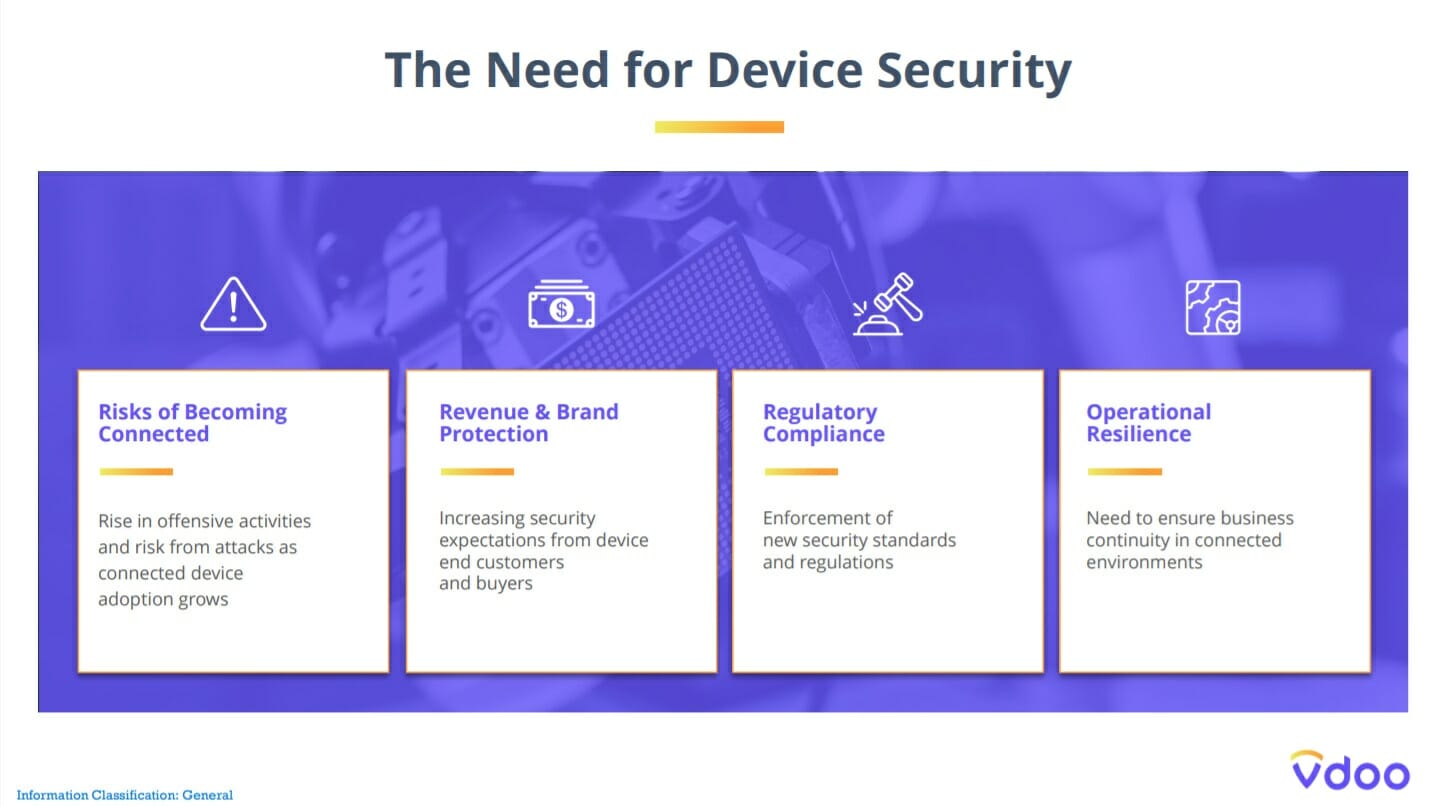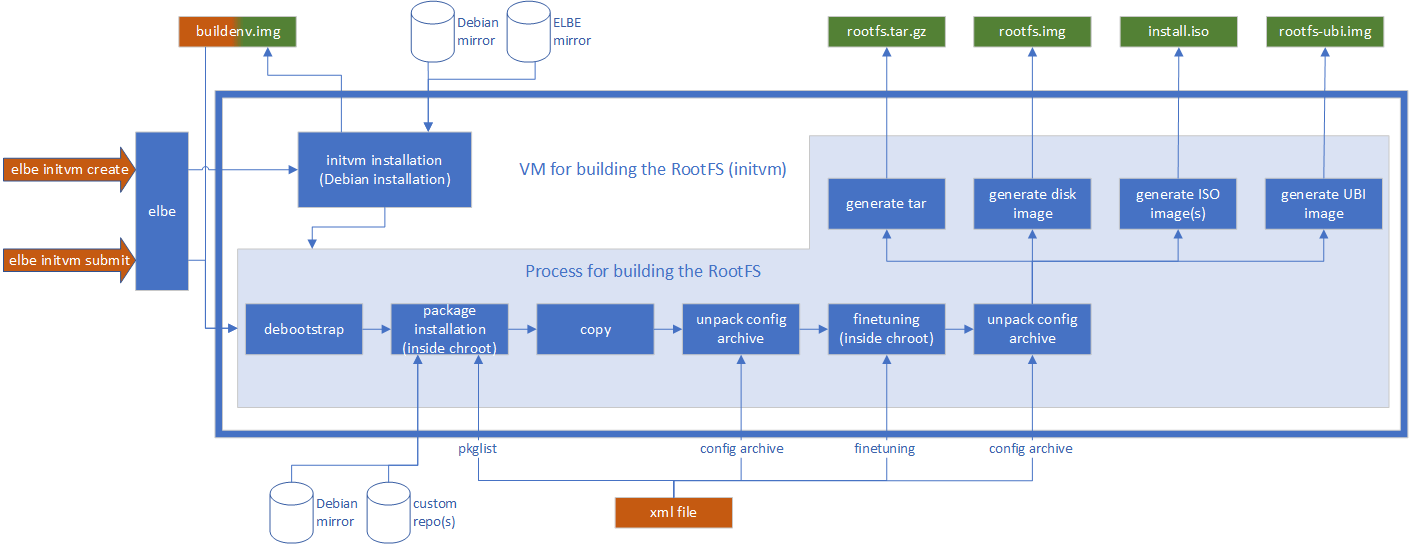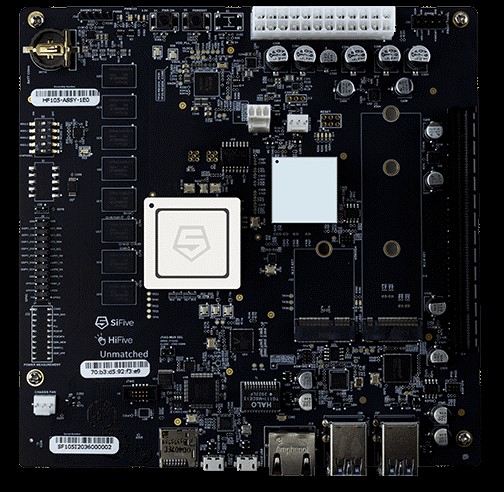Vecow EPBC-1000 2.5-inc/Pico-ITX single board computer powered by an Intel Atom x6211E Elkhart Lake processor, and found in the company’s PBC-1000 ultra-compact fanless embedded box PC, is designed for edge applications such as intelligent control, energy management, M2M, In-Vehicle Infotainment (IVI), factory automation, and any AIoT or Industry 4.0 applications. Vecow EPBC-1000 Pico-ITX board and PBC-1000 embedded mini PC specifications: SoC – Intel Atom x6211E dual-core EIkhart Lake processor @ 1.20 GHz / 3.0 GHz (Turbo), with 16 EU Intel UHD graphics @ 350 MHz / 750 MHz, 1.5MB cache; 6W TDP System Memory – 1x DDR4 3200MHz SO-DIMM up to 32GB RAM Storage – 1x SATA III (6Gbps) port Video Output – 1x DisplayPort up to 4096 x 2160 @ 60Hz Audio 1x Mic-in, 1x Line-out Realtek ALC888S-VD, 7.1 Channel HD audio codec Networking 2x Gigabit Ethernet port via Realtek RTL8119I Ethernet Controllers Optional WiFi/Bluetooth or 4G LTE via […]
25-45W Intel Tiger Lake-H Xeon, Core, and Celeron embedded processors coming soon
While doing some research, I noticed an Intel Core i7-11850HE “Tiger Lake-H” processor on the OpenVino Toolkit website. Parts that end with “E” are usually processors designed for the embedded market. I had never heard about the Tiger Lake-H embedded family, so I looked for “i7-11850HE” processor, and it’s not in Intel Ark, or much anywhere else except on a page in Google Cache, about a COM-HPC module “with the 11th Gen Intel® Xeon® W-11000E Series, Core™ vPro® and Celeron® processors (formerly Tiger Lake-H) for FuSa application”. There we have a list of Xeon, Core, and Celeron 11th generation processors that I don’t think have ever been announced: Intel Celeron 6600HE dual-core processor @ 2.6GHz with 8MB L3 Cache, 35W TDP Intel Core i3-11100HE processor with 4 cores / 8 threads @ 2.4GHz (up to 4.4GHz in Turbo Boost) with 8MB L3 Cache, 45/35W cTDP Intel Core vPRO i5-11500HE processor […]
Commell LP-179 Pico-ITX motherboard ships with Intel Tiger Lake UP3 embedded processor
Intel first introduced Core i3/i5/i7 Tiger Lake UP3 processors with Intel Xe graphics in early September 2020, soon followed with embedded versions of Tiger Lake UP3 a couple of weeks later, and then Celeron 6305E, still for embedded & IoT applications, with support for features such as 2.5GbE and quad-display support. We’ve already seen some Tiger Lake UP3 motherboards with AAEON UP Xtreme i11 (122 x 120 mm) and IEI tKINO-ULT6 mini-ITX SBC, but if you’d like a more compact Tiger Lake solution, Commell LP-179 Pico-ITX motherboard may be an option with a choice of Core i7-1185G7E or Celeron 6305E processor. Commell LP-179 specifications: SoC (one or the other) Intel Core i7-1185G7E quad-core/octa-thread Tiger Lake UP3 embedded processor @ 1.8 GHz / 4.4 GHz (Turbo) with 12MB cache, 96EU Intel Iris Xe graphics; 12 to 28W TDP Intel Celeron 6305E dual-core Tiger Lake UP3 embedded processor @ 1.8 GHz (No […]
Ubuntu Core 20 released for secure Linux IoT devices and embedded systems
Canonical has just released Ubuntu Core 20, a minimal, containerized version of Ubuntu 20.04 LTS for IoT devices and embedded systems. The company highlights several security improvements and features of the new version of the Linux-based operating system with secure boot, full disk encryption, secure device recovery, and secure containers. Ubuntu Core 20 is said to come with all benefits from Ubuntu 20.04 LTS such as regular, automated updates, the ability to manage custom app stores, and offers a longer 10-year support window. Ubuntu Core is available and certified on popular32-bit and 64-bit x86 and Arm single board computers such as Intel NUC or Raspberry Pi 4. Minimum requirements include a single-core processor @ 500 MHz, 256MB RAM, and 512MB storage. Alternatively, it’s also possible to run it in a virtual machine on your PC. Security is further enhanced with apps running in containers, and since only the necessary software […]
LG launches LG8111 AI SoC and development board for Edge AI processing
LG Electronics has designed LG8111 AI SoC for on-device AI inference and introduced the Eris Reference Board based on the processor. The chip supports hardware processing in artificial intelligence functions such as video, voice, and control intelligence. LG8111 AI development board is capable of implementing neural networks for deep learning specific algorithms due to its integrated “LG-Specific AI Processor.” Also, the low power and the low latency feature of the chip enhances its self-learning capacity. This enables the products with LG8111 AI chip to implement “On-Device AI.” Components and Features of the LG8111 AI SoC LG Neural engine, the AI accelerator has an extensive architecture for “On-Device” Inference/Leaning with its support on TensorFlow, TensorFlow Lite, and Caffe. The CPU of the board comes with four Arm Cortex A53 cores clocked at 1.0 GHz, with an L1 cache size of 32KB and an L2 cache size of 1MB. The CPU also […]
Detecting & Solving Security Issues in IoT and Embedded Devices
Last year’s Eclipse IoT Survey Report shows evidence that security is one of the major reasons for the development of IoT devices. As the number of IoT and embedded devices increases, we see a constant increase in the need for security issues in IoT and embedded devices. There have been increasing security expectations from device end customers and buyers to gain security insights and risks related to their connected devices. Security requires time and effort, so when a new product is launched in the market for business reasons, security compromises may have to be made. Also, organizations don’t have the capabilities and tools to get in-depth information about connecting device security. This is mainly due to the complex chain of third-party products. Methods for Detecting Security Issues Software Composition Analysis (SCA) allows organizations to identify third-party components that have been integrated into all applications. For each of these components, it […]
ELBE is a simpler alternative to Yocto/OpenEmbedded and Buildroot
To support embedded design, there are several options when it comes to choosing an operating system (OS). Some of the traditional approaches to building custom Linux systems is to use built systems such as Yocto/OpenEmbedded or Buildroot. The options available for system integration include building everything manually, binary distributions (Debian, Ubuntu, Fedora, etc.), and build systems (Buildroot, Yocto, PTXdist, etc.). The major drawback of build systems is that they are not as easy as a binary distribution and also the build time is more. Why was ELBE born? In the early days, the embedded devices had 4MiB flash and 16MiB of RAM. With these specifications, people started to hack a root file system for their devices. But in some cases, they had to start with building a cross-toolchain first. For this, tools like OpenEmbedded, Buildroot are good as long as they are well maintained. For this, a lot of libraries […]
SiFive launches HiFive Unmatched mini-ITX motherboard for RISC-V PC’s
When it comes to RISC-V based SoC, SiFive has always set a benchmark in the RISC-V ecosystem. On 29th October 2020, SiFive confirmed the first-ever RISC-V PC. After an increased demand for AI-focused RISC-V microarchitecture, targeting all applications from artificial intelligence, the internet of things, high-performance computing, and now even desktop PCs. SiFive Freedom U740 powered HiFive Unmatched mini-ITX motherboard comes with a complete development environment which allows developers to create RISC-V based applications from bare-metal to Linux-based systems. “HiFive Unmatched ushers in a new era of RISC-V Linux development with a platform in a PC form factor. Powered by the SiFive Freedom U740, a high-performance multi-core, 64-bit dual-issue, superscalar RISC-V processor.”, SiFive says. It is the world’s fastest native RISC-V development platform. SiFive HiFive Unmatched Board At the heart of the SiFive board is a SiFive FU740 processor coupled with 8 GB DDR4 memory and 32 MB SPI Flash. It […]


